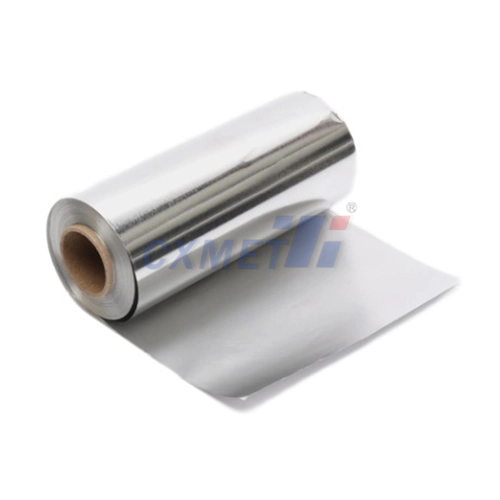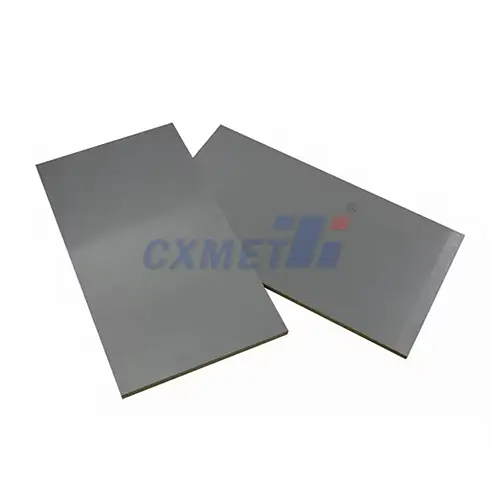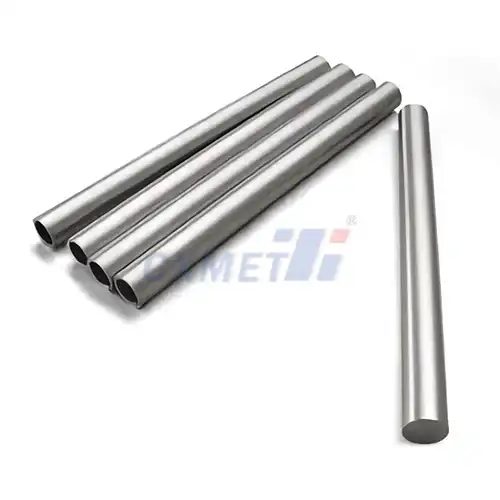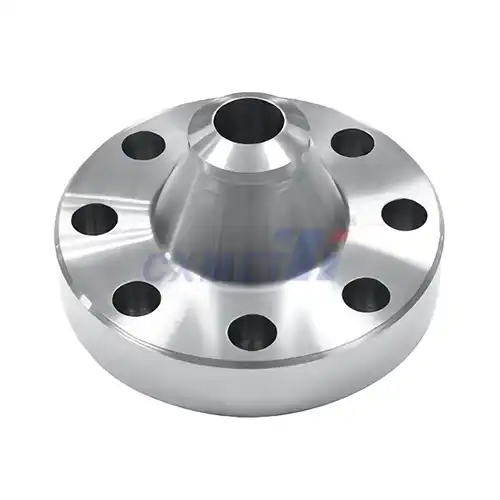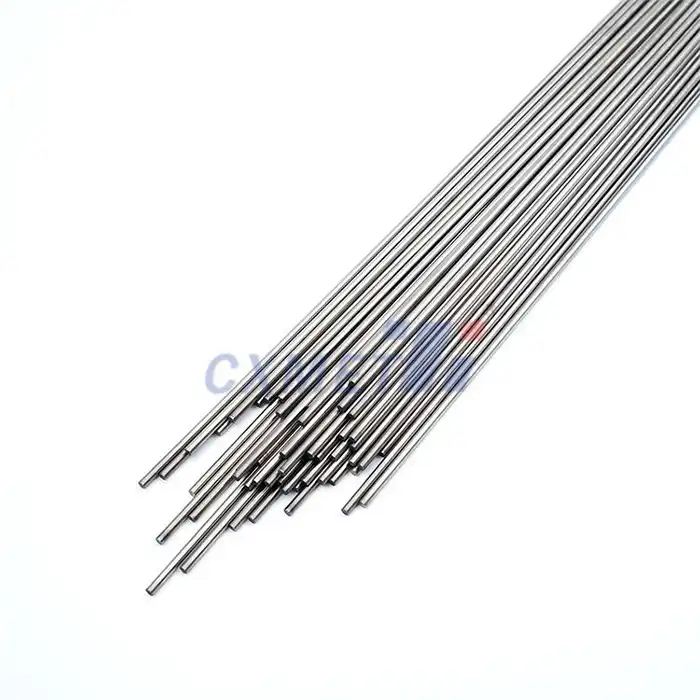- English
- French
- German
- Portuguese
- Spanish
- Russian
- Japanese
- Korean
- Arabic
- Greek
- German
- Turkish
- Italian
- Danish
- Romanian
- Indonesian
- Czech
- Afrikaans
- Swedish
- Polish
- Basque
- Catalan
- Esperanto
- Hindi
- Lao
- Albanian
- Amharic
- Armenian
- Azerbaijani
- Belarusian
- Bengali
- Bosnian
- Bulgarian
- Cebuano
- Chichewa
- Corsican
- Croatian
- Dutch
- Estonian
- Filipino
- Finnish
- Frisian
- Galician
- Georgian
- Gujarati
- Haitian
- Hausa
- Hawaiian
- Hebrew
- Hmong
- Hungarian
- Icelandic
- Igbo
- Javanese
- Kannada
- Kazakh
- Khmer
- Kurdish
- Kyrgyz
- Latin
- Latvian
- Lithuanian
- Luxembou..
- Macedonian
- Malagasy
- Malay
- Malayalam
- Maltese
- Maori
- Marathi
- Mongolian
- Burmese
- Nepali
- Norwegian
- Pashto
- Persian
- Punjabi
- Serbian
- Sesotho
- Sinhala
- Slovak
- Slovenian
- Somali
- Samoan
- Scots Gaelic
- Shona
- Sindhi
- Sundanese
- Swahili
- Tajik
- Tamil
- Telugu
- Thai
- Ukrainian
- Urdu
- Uzbek
- Vietnamese
- Welsh
- Xhosa
- Yiddish
- Yoruba
- Zulu
How Do You Ensure the Quality of 3D Tantalum Powder?
2024-09-29 17:56:47
In the rapidly evolving field of additive manufacturing, ensuring the quality of metal powders is paramount to producing high-performance 3D printed parts. Tantalum, a refractory metal known for its exceptional properties, has gained significant attention in various industries, including aerospace, medical, and electronics. The quality of 3D Tantalum powder directly impacts the final product's performance, reliability, and consistency. This blog post delves into the critical aspects of ensuring the quality of 3D Tantalum powder, exploring key properties, manufacturing processes, and testing methods that contribute to its optimal performance in additive manufacturing applications.
What are the key properties of high-quality 3D Tantalum powder?
High-quality 3D Tantalum powder possesses a unique set of properties that make it ideal for additive manufacturing processes. Understanding these properties is crucial for both manufacturers and end-users to ensure the production of superior 3D printed components.
1. Particle Size and Distribution: One of the most critical properties of 3D Tantalum powder is its particle size and distribution. Optimal particle sizes typically range from 15 to 45 microns, with a narrow size distribution. This range allows for excellent flowability and packing density, which are essential for achieving consistent layer thickness and uniform melting during the 3D printing process. A narrow particle size distribution also contributes to improved surface finish and mechanical properties of the final printed part.
2. Particle Morphology: The shape of Tantalum powder particles plays a significant role in their performance. Spherical particles are highly desirable as they promote better flowability and packing density. Spherical morphology also contributes to more uniform melting and reduces the likelihood of defects in the final product. Advanced atomization techniques are employed to achieve this ideal particle shape, ensuring that the powder flows smoothly and consistently during the printing process.
3. Chemical Purity: High-quality 3D Tantalum powder must meet stringent purity requirements. Tantalum's unique properties, such as its high melting point and excellent corrosion resistance, are directly linked to its purity. Impurities can significantly affect the powder's performance and the final product's characteristics. Typical high-quality Tantalum powder should have a purity level of 99.9% or higher, with minimal oxygen, nitrogen, and carbon content. These impurities can lead to unwanted reactions during the printing process, potentially compromising the mechanical and chemical properties of the printed part.
4. Flowability: The ability of Tantalum powder to flow freely is crucial for achieving consistent layer deposition in 3D printing. Good flowability ensures that the powder spreads evenly across the build platform, resulting in uniform layer thickness and density. Factors affecting flowability include particle size, shape, and surface characteristics. Powder rheology tests, such as the Hall Flow test or the Angle of Repose measurement, are often used to quantify and optimize the powder's flowability.
5. Apparent and Tap Density: These properties relate to how well the powder particles pack together, both in their loose state (apparent density) and after compaction (tap density). Higher densities generally indicate better packing efficiency, which can lead to improved print quality and reduced porosity in the final part. For 3D Tantalum powder, achieving the right balance between apparent and tap density is crucial for ensuring optimal performance in various additive manufacturing techniques.
By carefully controlling and optimizing these key properties, manufacturers can produce high-quality 3D Tantalum powder that meets the demanding requirements of advanced additive manufacturing processes. The interplay between these properties directly influences the powder's performance during printing and the characteristics of the final 3D printed components, making thorough quality control essential at every stage of production and use.
How is 3D Tantalum powder manufactured for optimal performance?
The manufacturing process of 3D Tantalum powder is a critical factor in determining its quality and performance in additive manufacturing applications. Several advanced techniques are employed to produce high-quality powder that meets the stringent requirements of 3D printing. Understanding these manufacturing methods is essential for both producers and users of 3D Tantalum powder.
1. Gas Atomization: This is one of the most common and effective methods for producing high-quality metal powders, including Tantalum. In gas atomization, molten Tantalum is forced through a nozzle and then rapidly cooled and solidified using high-pressure inert gas streams, typically argon or helium. This process results in spherical particles with a controlled size distribution, which is ideal for 3D printing applications. The rapid cooling rate also helps maintain the purity of the Tantalum by minimizing oxidation and other unwanted reactions.
Key advantages of gas atomization include:
- Excellent control over particle size and distribution
- Production of highly spherical particles
- Minimal contamination due to the use of inert gases
- High production rates, making it suitable for large-scale manufacturing
2. Plasma Atomization: This advanced technique is particularly well-suited for producing high-purity, spherical Tantalum powder. In plasma atomization, a Tantalum wire or rod is fed into a plasma torch, where it is melted and atomized by high-temperature plasma. The resulting droplets are rapidly solidified into spherical particles. This method offers exceptional control over particle size and shape, often producing powders with even better sphericity than gas atomization.
Benefits of plasma atomization for Tantalum powder production include:
- Extremely high purity due to the absence of crucibles or containers
- Excellent sphericity and narrow particle size distribution
- Minimal satellite particles, resulting in improved flowability
- Ability to produce fine powders suitable for advanced 3D printing techniques
3. Centrifugal Atomization: This method involves melting Tantalum and allowing it to flow onto a rapidly rotating disk. The centrifugal force breaks the molten metal into droplets, which solidify into powder particles. While less common than gas or plasma atomization for Tantalum, centrifugal atomization can produce powders with good sphericity and controlled size distribution.
4. Chemical Vapor Deposition (CVD): Although not as common for producing 3D printing powders, CVD can be used to create high-purity Tantalum powder. In this process, a volatile Tantalum compound is vaporized and then decomposed or reduced to form pure Tantalum particles. CVD can produce extremely pure powder but may require additional processing to achieve the desired particle characteristics for 3D printing.
5. Hydrogenation-Dehydrogenation (HDH) Process: This method is sometimes used to produce Tantalum powder, although it typically results in angular rather than spherical particles. In the HDH process, bulk Tantalum is first hydrogenated, making it brittle and easy to mill into powder form. The powder is then dehydrogenated to remove the hydrogen, leaving pure Tantalum powder. While HDH powders may not be ideal for all 3D printing applications due to their angular shape, they can be used in certain processes or as precursors for further refinement.
By carefully controlling these manufacturing processes and implementing stringent quality control measures, producers can create 3D Tantalum powder that meets the exacting standards required for advanced additive manufacturing applications. The choice of manufacturing method and subsequent processing steps directly influence the powder's key properties, such as particle size, shape, purity, and flowability, which in turn affect its performance in 3D printing processes and the quality of the final printed components.
What testing methods are used to verify 3D Tantalum powder quality?
Ensuring the quality of 3D Tantalum powder is crucial for achieving consistent and high-performance results in additive manufacturing. A comprehensive array of testing methods is employed to verify and maintain the powder's quality throughout its lifecycle, from production to application. These testing methods focus on various aspects of the powder's physical, chemical, and performance characteristics.
1. Particle Size Analysis:
- Laser Diffraction: This technique is widely used for measuring particle size distribution. It involves passing the powder through a laser beam and analyzing the diffraction pattern. It provides accurate results for particles ranging from nanometers to millimeters.
- Dynamic Image Analysis: This method captures high-speed images of particles in motion, allowing for both size and shape analysis. It's particularly useful for assessing the sphericity of Tantalum powder particles.
- Sieve Analysis: While less precise than laser diffraction, sieve analysis is still used for quick checks and larger particle sizes. It involves passing the powder through a series of sieves with decreasing mesh sizes.
2. Morphology Assessment:
- Scanning Electron Microscopy (SEM): SEM provides high-resolution images of powder particles, allowing for detailed analysis of surface characteristics, shape, and the presence of satellite particles or agglomerates.
- Optical Microscopy: While less detailed than SEM, optical microscopy can be used for quick assessments of particle shape and surface features.
3. Chemical Composition Analysis:
- X-ray Fluorescence (XRF): This non-destructive technique is used to determine the elemental composition of the powder, including trace impurities.
- Inductively Coupled Plasma Mass Spectrometry (ICP-MS): Offers highly sensitive analysis of elemental composition, capable of detecting impurities at very low concentrations.
- Gas Analysis: Specialized techniques are used to measure gas content, particularly oxygen, nitrogen, and hydrogen, which can significantly affect the powder's performance.
4. Flowability Tests:
- Hall Flowmeter Test: Measures the time it takes for a specific amount of powder to flow through a standardized funnel, providing a quantitative measure of flowability.
- Angle of Repose: Determines the steepest angle at which the powder can be piled without slumping, indicating its flowability and cohesiveness.
- Revolution Powder Analyzer: Provides dynamic flow measurements by analyzing the powder's behavior as it moves in a rotating drum.
5. Density Measurements:
- Apparent Density: Measures the density of the powder in its loose state, typically using a standardized volume cup.
- Tap Density: Determines the density of the powder after compaction through tapping, indicating how well the powder can be packed.
- Pycnometry: Uses gas displacement to measure the true density of the powder particles, excluding pore volumes.
6. Thermal Analysis:
- Differential Scanning Calorimetry (DSC): Analyzes the powder's thermal behavior, including melting characteristics and phase transitions.
- Thermogravimetric Analysis (TGA): Measures mass changes in the powder as a function of temperature, useful for assessing oxidation behavior and moisture content.
By employing this comprehensive suite of testing methods, manufacturers and users of 3D Tantalum powder can ensure that the material meets the exacting standards required for high-performance additive manufacturing applications. These tests not only verify the powder's quality but also provide valuable data for optimizing production processes and predicting the powder's behavior in various 3D printing scenarios.
The rigorous testing regime reflects the critical nature of powder quality in the success of 3D printing processes. As additive manufacturing technologies continue to advance, especially in high-stakes industries like aerospace and medical device manufacturing, the importance of thorough and precise quality verification for materials like 3D Tantalum powder cannot be overstated. This comprehensive approach to testing ensures that each batch of powder meets the necessary specifications, contributing to the production of consistent, high-quality 3D printed components that can reliably perform in demanding applications.
In conclusion, ensuring the quality of 3D Tantalum powder is a multifaceted process that involves careful consideration of its key properties, advanced manufacturing techniques, and comprehensive testing methods. By maintaining high standards at every stage, from production to application, manufacturers and users can harness the full potential of Tantalum in additive manufacturing, pushing the boundaries of what's possible in fields ranging from aerospace to medical technology. As the industry continues to evolve, the focus on powder quality will remain paramount, driving innovation in both manufacturing processes and testing methodologies to meet the ever-increasing demands of advanced 3D printing applications.
At SHAANXI CXMET TECHNOLOGY CO., LTD, we take pride in our extensive product range, which caters to diverse customer needs. Our company is equipped with outstanding production and processing capabilities, ensuring the high quality and precision of our products. We are committed to innovation and continuously strive to develop new products, keeping us at the forefront of our industry. With leading technological development capabilities, we are able to adapt and evolve in a rapidly changing market. Furthermore, we offer customized solutions to meet the specific requirements of our clients. If you are interested in our products or wish to learn more about the intricate details of our offerings, please do not hesitate to contact us at sales@cxmet.com. Our team is always ready to assist you.
References:
1. ASTM International. (2021). "Standard Guide for Characterizing Properties of Metal Powders Used for Additive Manufacturing Processes." ASTM F3049-14.
